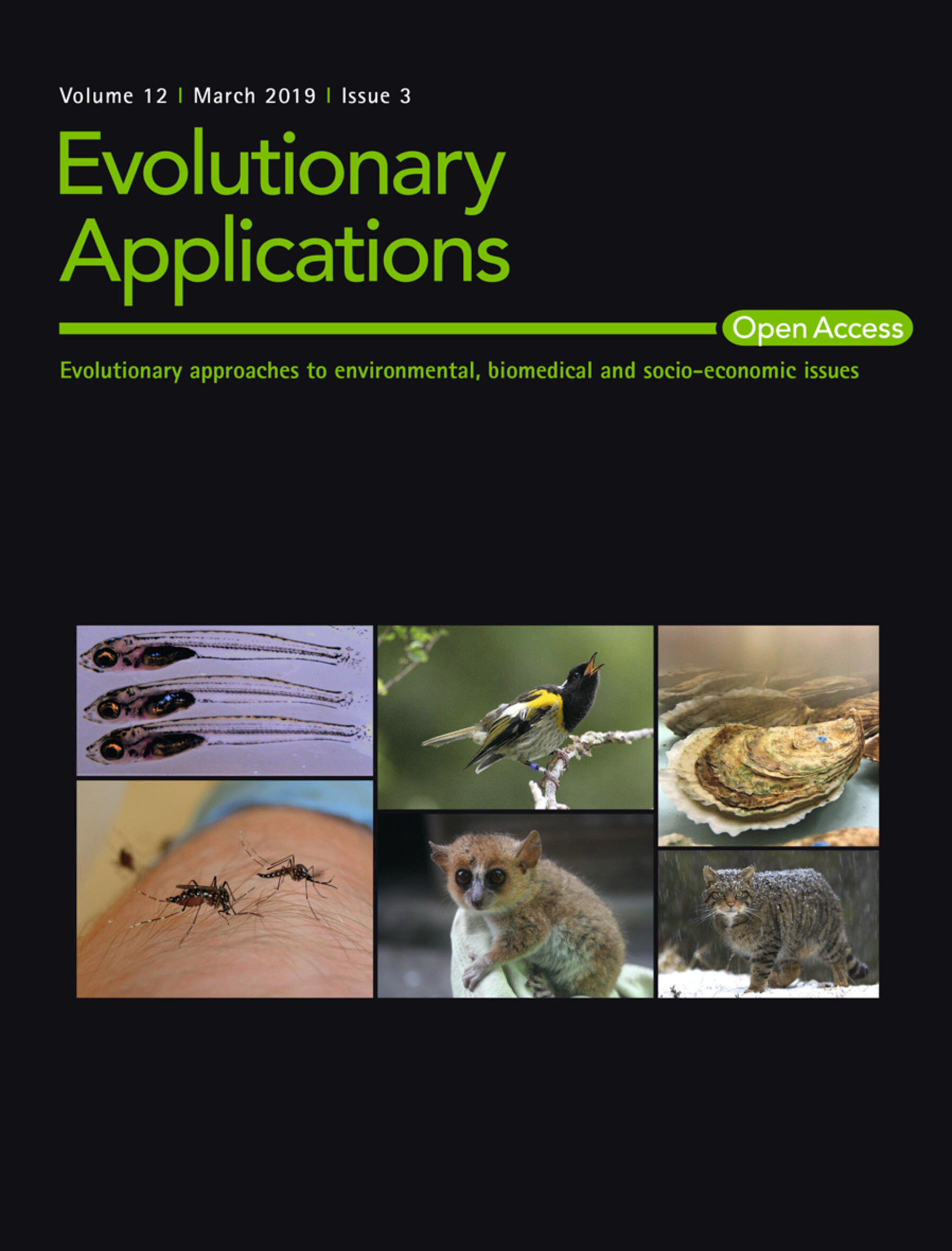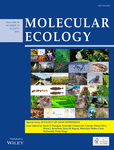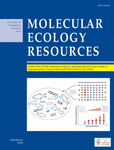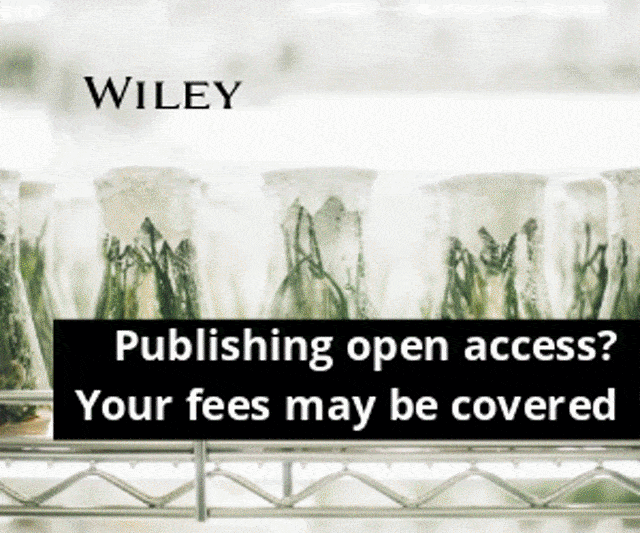Journal list menu
Export Citations
Download PDFs
Cover Image
Cover Image
- Pages: 363-364
- First Published: 21 February 2019

1. Caption: Larvae of California Grunion (Leuresthes tenuis) at 20 days post hatching, Credit: D. Johnson. 2. Caption: Male hihi, Credit: Eric Wilson. 3. Caption: N/A, Credit: Martin Mallet. 4. Caption: Mosquitoes are maintained in crowded, artificial environments in the laboratory, Credit: Perran Ross. 5. Caption: Mouse lemur caught in Mandena, Credit: Refaly Ernest. 6. Caption: Wildcat, Credit: Pete Cairns
REVIEWS AND SYNTHESES
Evolutionary epidemiology models to predict the dynamics of antibiotic resistance
- Pages: 365-383
- First Published: 19 December 2018
PERSPECTIVE
A roadmap for urban evolutionary ecology
- Pages: 384-398
- First Published: 12 November 2018
ORIGINAL ARTICLES
Distinguishing the victim from the threat: SNP-based methods reveal the extent of introgressive hybridization between wildcats and domestic cats in Scotland and inform future in situ and ex situ management options for species restoration
- Pages: 399-414
- First Published: 05 October 2018
Strategies of Phytophthora infestans adaptation to local UV radiation conditions
- Pages: 415-424
- First Published: 12 October 2018
Challenges of next-generation sequencing in conservation management: Insights from long-term monitoring of corridor effects on the genetic diversity of mouse lemurs in a fragmented landscape
- Pages: 425-442
- First Published: 15 October 2018
Hybridization rate and hybrid fitness for Camelina microcarpa Andrz. ex DC (♀) and Camelina sativa (L.) Crantz(Brassicaceae) (♂)
- Pages: 443-455
- First Published: 16 October 2018
Long-term evaluation of fitness and demographic effects of a Chinook Salmon supplementation program
- Pages: 456-469
- First Published: 21 October 2018
The effects of agent hybridization on the efficacy of biological control of tansy ragwort at high elevations
- Pages: 470-481
- First Published: 25 October 2018
Can threatened species adapt in a restored habitat? No expected evolutionary response in lay date for the New Zealand hihi
- Pages: 482-497
- First Published: 30 October 2018
Spatial structure facilitates the accumulation and persistence of antibiotic-resistant mutants in biofilms
- Pages: 498-507
- First Published: 27 October 2018
Genotype-aggregated planting improves yield in Jerusalem artichoke (Helianthus tuberosus) due to self/non-self-discrimination
- Pages: 508-518
- First Published: 11 November 2018
Detailed insights into pan-European population structure and inbreeding in wild and hatchery Pacific oysters (Crassostrea gigas) revealed by genome-wide SNP data
- Pages: 519-534
- First Published: 12 November 2018
New insights into host adaptation to swine respiratory disease revealed by genetic differentiation and RNA sequencing analyses
- Pages: 535-548
- First Published: 14 November 2018
Cryptic temporal changes in stock composition explain the decline of a flounder (Platichthys spp.) assemblage
- Pages: 549-559
- First Published: 16 November 2018
Can larvae of a marine fish adapt to ocean acidification? Evaluating the evolutionary potential of California Grunion (Leuresthes tenuis)
- Pages: 560-571
- First Published: 24 November 2018
A comprehensive assessment of inbreeding and laboratory adaptation in Aedes aegypti mosquitoes
- Pages: 572-586
- First Published: 26 November 2018
Seascape genomics of eastern oyster (Crassostrea virginica) along the Atlantic coast of Canada
- Pages: 587-609
- First Published: 28 November 2018
Widespread introgression in Chinese indigenous chicken breeds from commercial broiler
- Pages: 610-621
- First Published: 30 November 2018
Père David’s deer gut microbiome changes across captive and translocated populations: Implications for conservation
- Pages: 622-635
- First Published: 04 December 2018
Ecological pleiotropy and indirect effects alter the potential for evolutionary rescue
- Pages: 636-654
- First Published: 04 December 2018








